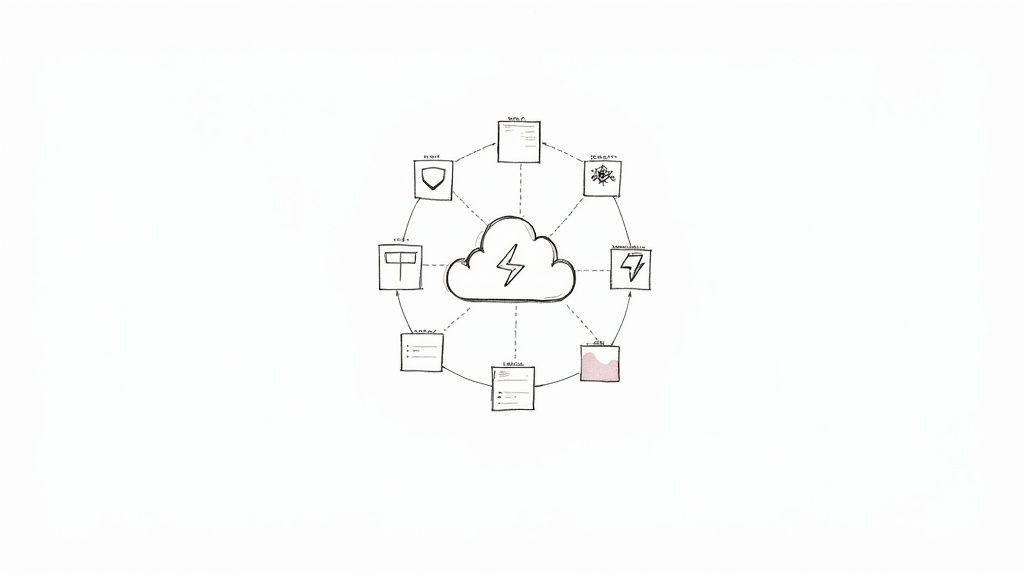
I still remember the feeling. My first 'real' Django project was finally done. The models were clean, the views were snappy, and the admin panel was humming. But then the panic set in. That terrifying question every developer faces: "Okay… now how do I get this thing on the internet?"
That question launches you into a maze of choices, a chaotic jungle of cloud consoles, jargon filled landing pages, and deceptively simple platforms. You are not just picking a service; you are choosing your partner in production, the foundation your application will live or die on. This guide is the map I wish I had back then. We are going to navigate the world of Django web hosting together, looking at seven solid options, not as a boring feature list, but as a series of trade offs you will face on your journey from local development to a live, production grade application.
Let us pause for a moment. Before we dive in, the core tension you will see again and again is the battle between a "just get it online" Platform as a Service (PaaS) and the raw power of a more configurable infrastructure setup. For each provider, we will explore this, using screenshots, direct links, and insights from my own wins and losses to help you make an informed decision. By the end, you will have a clear idea of which launchpad is right for your project's mission.
1. PythonAnywhere
PythonAnywhere is a unique Platform as a Service (PaaS) built from the ground up for Python developers. If you have ever felt the soul crushing friction of setting up a server, configuring WSGI, and managing system dependencies just to get a Django project live, you will immediately grasp its value. It is designed to be the absolute fastest path from django-admin startproject to a publicly accessible URL, making it an exceptional choice for learning, prototyping, and deploying small to medium scale applications.
The platform essentially makes the entire DevOps layer disappear. You are not managing a server; you are managing a Python web application. This focus is its greatest strength. I once watched a junior developer, completely new to deployment, get their first Django portfolio site live on PythonAnywhere in under ten minutes. That is the magic we are talking about.
Why It Stands Out
What makes PythonAnywhere a top contender for Django web hosting is its browser based, all in one environment. You can write code in its editor, run migrations in a Bash console, manage your database with a built in tool, and deploy, all without leaving your web browser. This streamlined workflow is almost unheard of in traditional hosting. It feels less like deploying and more like just… saving your work to the cloud.
I often recommend PythonAnywhere to founders building their first MVP. The ability to deploy a functional Django app in under five minutes, with zero server configuration, means they can focus entirely on product features and user feedback, which is exactly where their attention should be.
Key Features and Considerations
- Zero Configuration Deployment: It handles WSGI server setup automatically. Just point it to your project's WSGI file, and it runs.
- Integrated Tooling: Includes a browser based editor, multiple Python version support, and full console access (including SSH on paid plans).
- Scheduled & Always On Tasks: Perfect for running cron jobs, background workers, or Celery tasks without a separate server.
- Generous Free Tier: The "Beginner" account is free forever and is fantastic for hosting small personal projects or learning Django. It does have limitations, like restricted outbound internet access.
Pricing is tiered, starting with the free plan and scaling up to the "Hacker" ($5/month), "Web Dev" ($12/month), and custom plans. Paid tiers add more processing power, web workers, and crucial features like custom domain support and unrestricted internet access. While it is not designed for massive, high traffic applications that need fine grained server control, it excels in its niche: providing a frictionless Django hosting experience.
Find out more at: https://www.pythonanywhere.com
2. Heroku
Heroku is a mature and highly respected Platform as a Service (PaaS) that has been a go to choice for developers for over a decade. Its core philosophy is abstracting away infrastructure so you can focus on code. For Django developers, this translates to a git based workflow where deploying your application is as simple as git push heroku main. The platform uses "dynos", which are isolated, virtualized Linux containers, to run your web processes, workers, and other application components.
This streamlined approach made it incredibly popular for everything from early stage MVPs to established small and medium sized business applications. Heroku's robust ecosystem of "add ons" for databases, caching, monitoring, and more means you can provision production grade services with a single command, turning a complex setup into a simple, manageable process. It was the OG of developer experience.
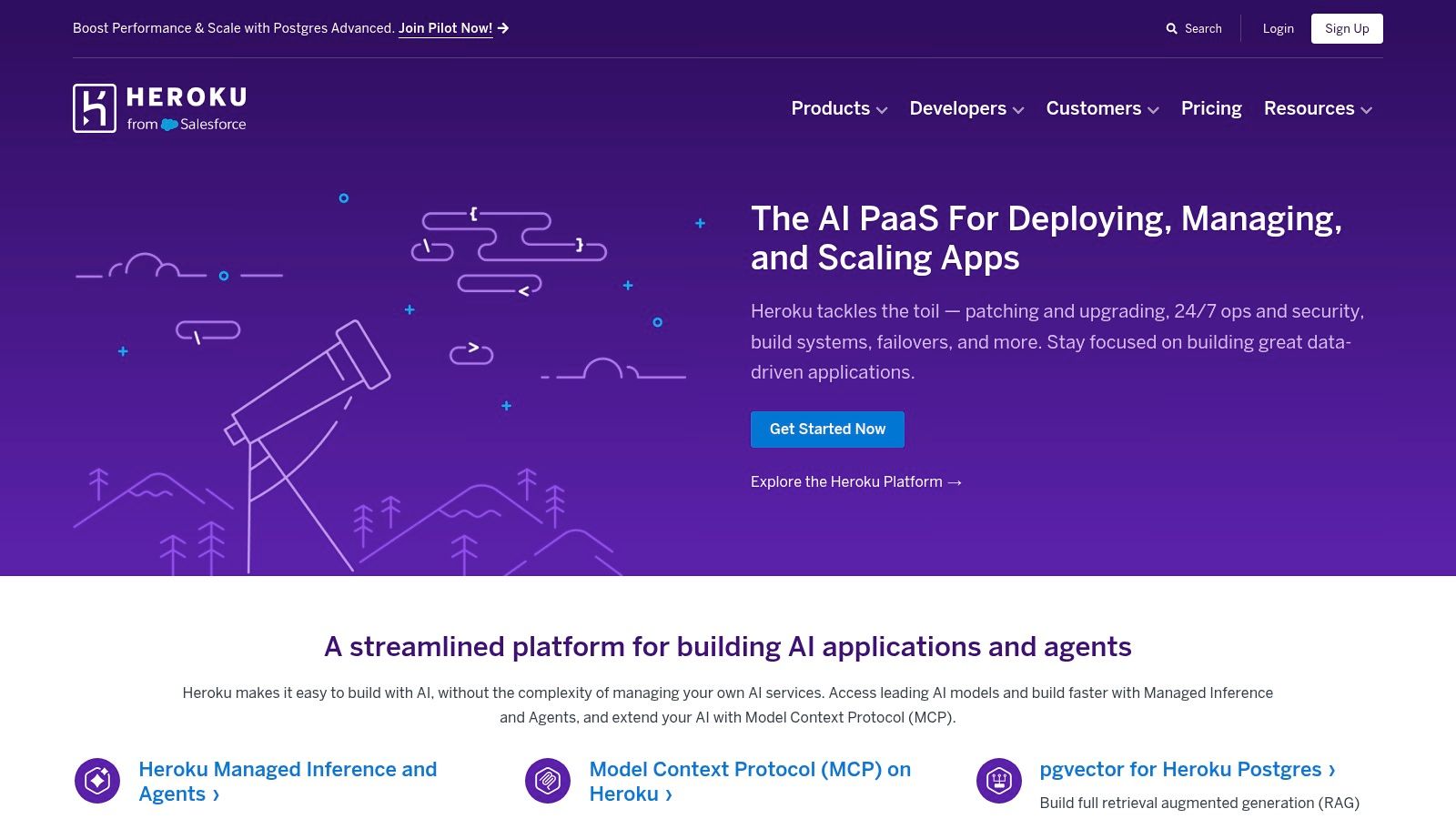
Why It Stands Out
Heroku's biggest advantage in the Django web hosting space is its unparalleled developer experience and extensive add on marketplace. While other platforms require more manual configuration, Heroku's buildpack system automatically detects your Python and Django dependencies, sets up Gunicorn, and configures the environment with almost zero effort. This deep integration is one of many reasons why we have written a guide to Django web hosts in 2025 that features it so prominently.
Heroku taught a generation of developers that deployment does not have to be a multi day nightmare. The git push deployment model is so intuitive that it has become an industry standard, but Heroku was the pioneer. For teams that value velocity and simplicity, it remains a formidable choice.Key Features and Considerations
- Git Based Deployment: The
heroku pushworkflow is seamless, integrating directly with your development process. - Vast Add on Marketplace: Easily provision and integrate third party services like PostgreSQL, Redis, Papertrail, and New Relic.
- Scalability: You can scale your web dynos or worker dynos independently with a simple slider or command, enabling you to respond to traffic changes quickly.
- Managed Environment: Heroku handles OS patching, security, and network management, freeing you from server administration tasks.
Pricing is usage based, starting with Eco dynos ($5/month) that sleep when inactive and share a monthly pool of hours. From there, it scales to Basic, Standard, and Performance dynos with dedicated resources and features like autoscaling. While the end of its legendary free tier was a significant change, its paid plans offer a transparent and predictable cost structure for small to mid scale applications. However, be mindful that costs can escalate at very large scale compared to IaaS solutions.
Find out more at: https://www.heroku.com
3. Render
Render feels like a spiritual successor to Heroku, but built for the modern era of microservices and Docker. For Django developers tired of managing complex cloud infrastructure, Render offers a refreshing, Git native workflow. It abstracts away the servers and networking, allowing you to deploy services, databases, and cron jobs by simply pushing to your repository. This makes it an incredibly powerful yet simple option for developers who want production grade infrastructure without a dedicated DevOps team.
The platform is designed around the concept of "services," which can be a web app, a background worker, or a PostgreSQL database. You connect these services together on an internal private network, making it straightforward to build and scale complex Django applications. It is like having a tiny, automated cloud engineer living in your Git repo.
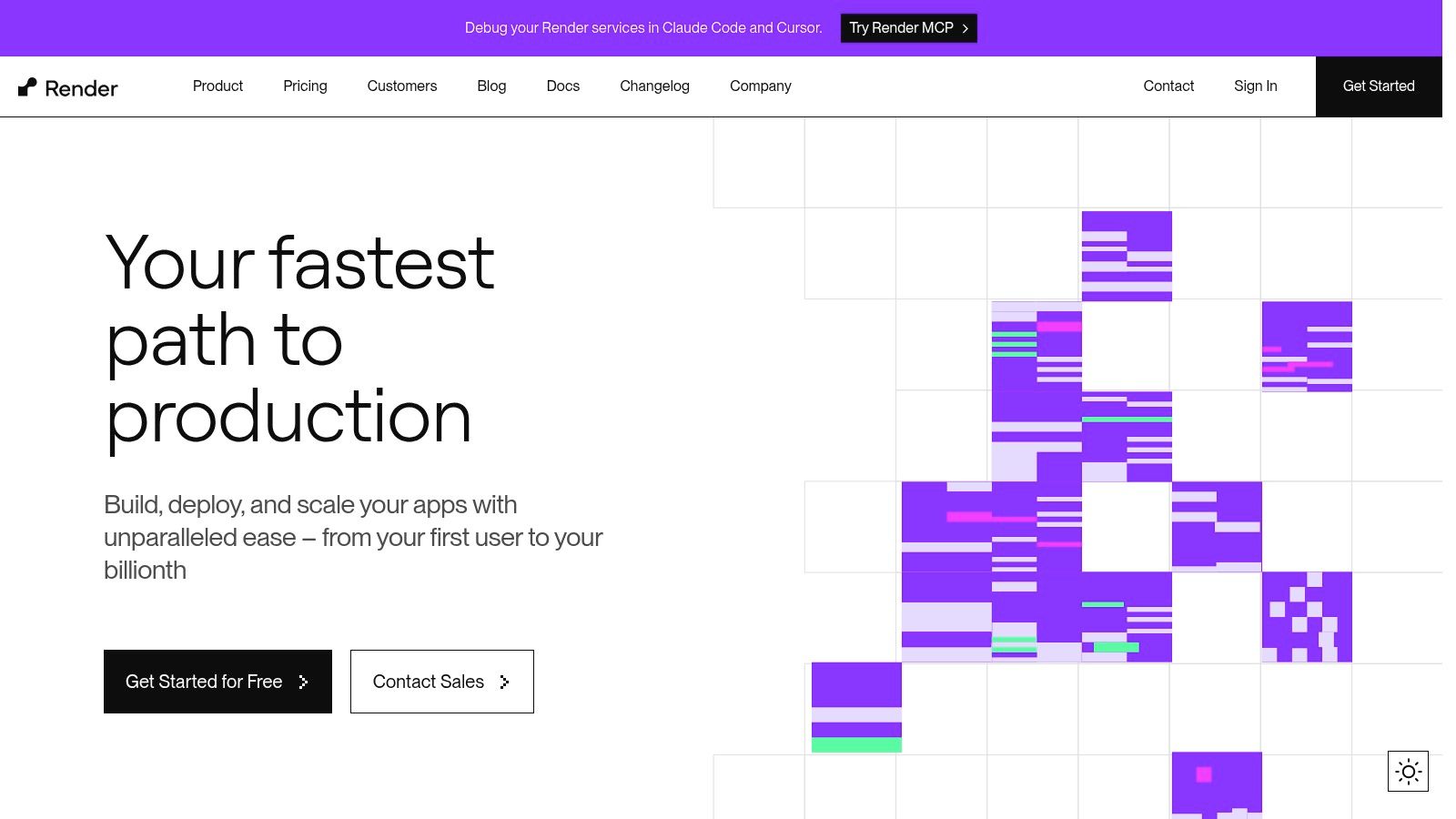
Why It Stands Out
What truly sets Render apart in the Django web hosting landscape is its perfect balance of simplicity and power. It provides a PaaS experience that gets you deployed in minutes, but it also offers native Docker support, giving you the flexibility to containerize your Django application for perfect environment parity. This dual approach means you can start simple with a native build and graduate to a more robust Docker setup as your project grows, all on the same platform.
I've migrated several mid size Django projects to Render, and the developer experience is consistently top notch. The automatic, free TLS certificates, managed PostgreSQL, and predictable pricing remove so much operational headache. It lets our team focus on building features, not managing servers.
Key Features and Considerations
- Git to Deploy Simplicity: Connect a GitHub or GitLab repo, and Render automatically builds and deploys on every push.
- Docker and Native Support: Deploy your Django app using a standard Python runtime or a
Dockerfilefor ultimate control. - Integrated Managed Services: Easily spin up managed PostgreSQL, Redis, and private services that connect seamlessly to your Django app.
- Free Tiers for Development: Offers free tiers for web services and databases, which are perfect for testing, staging environments, or small hobby projects. Note that free services spin down after inactivity.
Pricing is transparent and pay as you go. You are billed by the second for the resources you use, with clear tiers for web services, databases, and workers. Paid plans add crucial features like persistent disks, autoscaling, and custom domains. While outbound bandwidth is billed beyond the free monthly inclusion, the overall cost and simplicity make Render an excellent choice for startups and growing businesses.
Find out more at: https://render.com
4. DigitalOcean App Platform
DigitalOcean App Platform moves beyond simple server management into the world of Platform as a Service (PaaS), but with the underlying power and transparency that developers love about DigitalOcean. It is designed for developers who want a Heroku like Git based deployment workflow but need more control over the underlying resources, seamless integration with managed databases, and a predictable pricing model. It strikes a balance between ease of use and infrastructure flexibility, making it a strong contender for production ready Django applications.
Instead of managing a Droplet (virtual server), you connect your Git repository, define your application components, and let the platform handle the build, deployment, and networking. This approach streamlines the path to production, allowing you to focus on your code while the platform manages the operational overhead of scaling and securing your Django project.
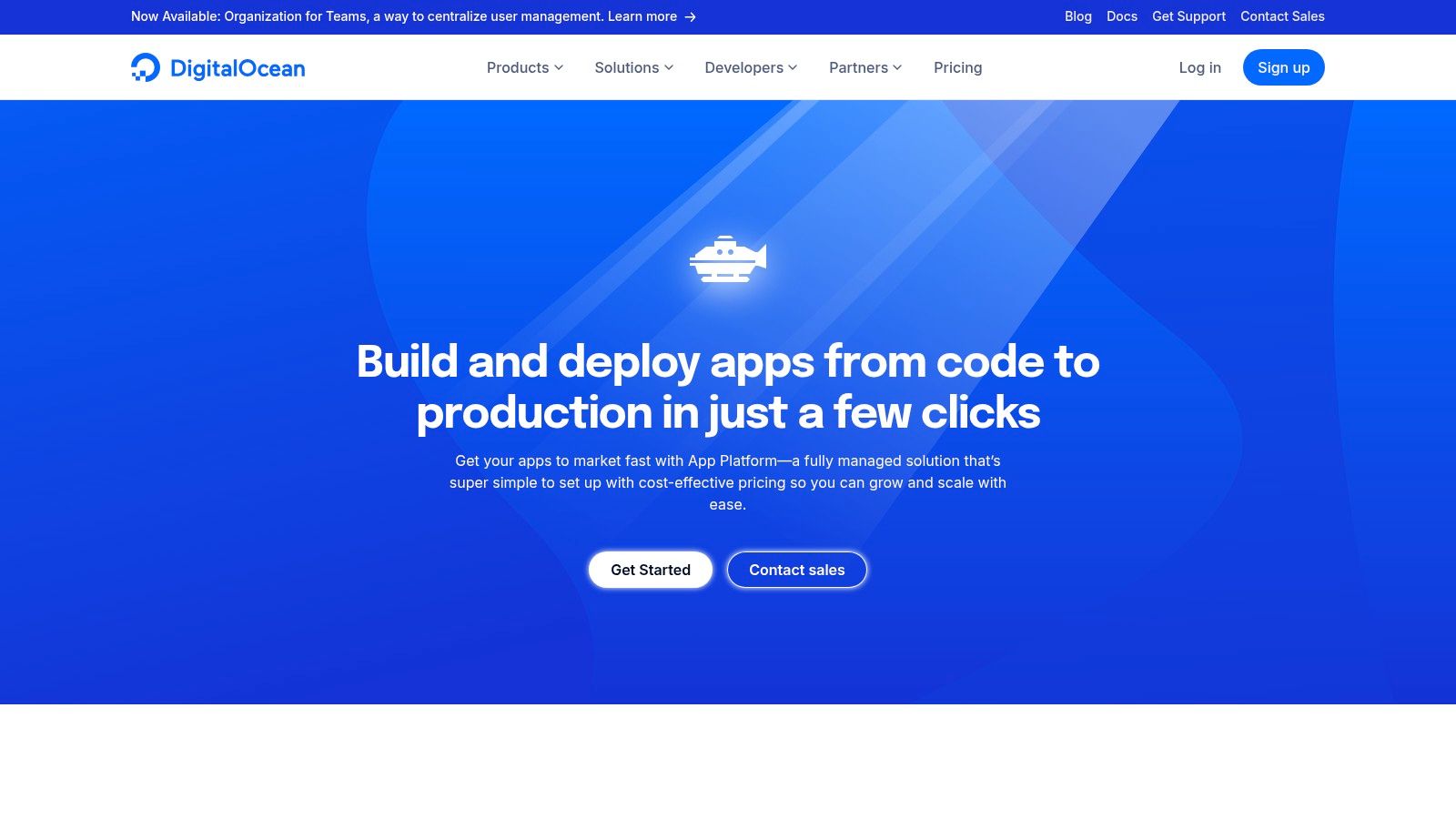
Why It Stands Out
The key differentiator for the App Platform is its native integration with the broader DigitalOcean ecosystem. Setting up a production grade Django application often involves a web server, a managed PostgreSQL or MySQL database, and maybe a Redis cache. On the App Platform, you can provision and connect these services in a few clicks through a unified interface. This tight integration simplifies configuration, enhances security by keeping traffic within DigitalOcean's network, and provides a single bill for all your components.
When a project is ready to graduate from a simple prototype, the DigitalOcean App Platform is my go to recommendation. It provides a clear, scalable path forward. The ability to add a managed database and workers without complex networking configuration saves countless engineering hours.
Key Features and Considerations
- Git Based Deployment: Simply push to your GitHub, GitLab, or Bitbucket repository to trigger a new build and deployment. It can build from a Dockerfile or detect your Python app automatically.
- Integrated Managed Databases: Easily add and connect managed PostgreSQL, MySQL, and Redis databases directly to your Django application.
- Automatic HTTPS & Scaling: SSL certificates are managed for you. The platform can autoscale your application horizontally based on CPU utilization, ensuring performance under load.
- Transparent Pricing: You pay per container, with options for shared or dedicated CPUs. Billing is predictable and metered per second, so you only pay for what you use. Static sites are free.
The primary thing to note is that while static sites can be hosted for free, any dynamic django web hosting requires a paid plan, starting from around $5/month for a basic container. However, the pricing is transparent and scales reasonably. For developers already comfortable with DigitalOcean, exploring the features and capabilities of the DigitalOcean App Platform on kdpisda.in offers a deeper dive into its potential for scaling Django projects. It represents a powerful, developer friendly middle ground between fully manual server setup and more restrictive PaaS offerings.
Find out more at: https://www.digitalocean.com/products/app-platform
5. AWS Elastic Beanstalk
For teams that have outgrown the simpler Platform as a Service (PaaS) offerings and need the raw power and scalability of Amazon Web Services, AWS Elastic Beanstalk serves as the perfect on ramp. It acts as an orchestration layer on top of core AWS services, automating the tedious work of provisioning servers (EC2), configuring load balancers (ALB), and setting up auto scaling groups. This allows you to get a production grade Django application running on AWS without needing to be a cloud infrastructure expert from day one.
Elastic Beanstalk is the logical next step when you need more control than a fully managed PaaS but want to avoid the complexity of building your AWS infrastructure from scratch. It finds the sweet spot between simplicity and power, managing the environment while giving you the keys to the underlying resources.
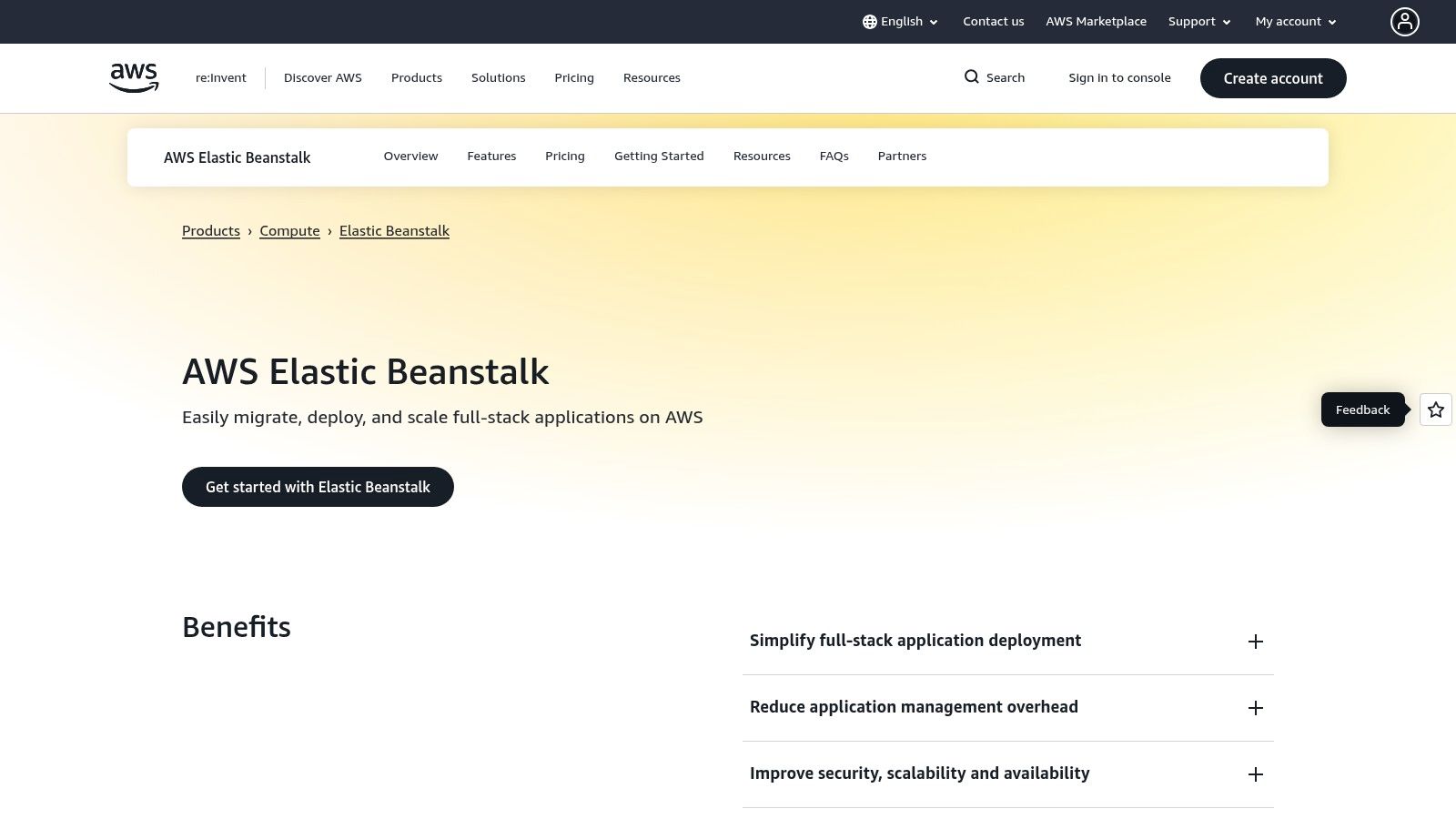
Why It Stands Out
What makes Elastic Beanstalk a compelling choice for Django web hosting is its deep, native integration with the entire AWS ecosystem. You can seamlessly connect your Django app to services like RDS for PostgreSQL, S3 for static and media files, and ElastiCache for caching, all within a managed and scalable environment. It is essentially AWS with guardrails, providing a guided path to building robust, cloud native applications.
When a startup's application begins to see unpredictable traffic spikes, I often point them toward Elastic Beanstalk. It gives them the auto scaling capabilities of AWS to handle the load without forcing them to manually configure every single component. It is a powerful way to leverage AWS best practices early on.
Key Features and Considerations
- Managed Infrastructure: Automatically handles provisioning of EC2 instances, load balancing, auto scaling, and application health monitoring.
- Deep AWS Integration: Natively connects to a vast suite of AWS services, making it easy to build a comprehensive backend architecture for your Django project.
- Flexible Configuration: While it automates setup, you retain full control over the underlying EC2 instances, allowing you to SSH in and install custom packages or tweak configurations if needed.
- No Service Surcharge: You do not pay for Elastic Beanstalk itself. You only pay for the AWS resources (e.g., EC2 instances, S3 storage) that it provisions to run your application.
The primary challenge is the learning curve; while simpler than raw AWS, you still need to understand core concepts like security groups and IAM roles. As this guide on finding the perfect launchpad for Django explains, cost can also be less predictable than a fixed price PaaS, as it depends entirely on the resources you consume. However, for applications expecting growth, this is the most direct path to leveraging the world's leading cloud platform.
Find out more at: https://aws.amazon.com/elasticbeanstalk
6. Railway
Railway is a modern Platform as a Service (PaaS) built for developers who want to deploy complex applications without the headache of managing server infrastructure. It operates on a simple premise: connect your Git repository, and Railway will build and deploy your application automatically. For Django developers, this means you can focus on building your app, not on sizing VMs or configuring networks, making it a powerful option for teams that prioritize speed and flexibility.
The platform's philosophy centers on usage based, per second billing. You are not paying for a fixed server size you might not fully use; you are paying only for the CPU and RAM your application consumes. This model is ideal for projects with variable traffic, from early stage startups to applications with unpredictable peak loads. It's a bit like an electricity bill for your code.
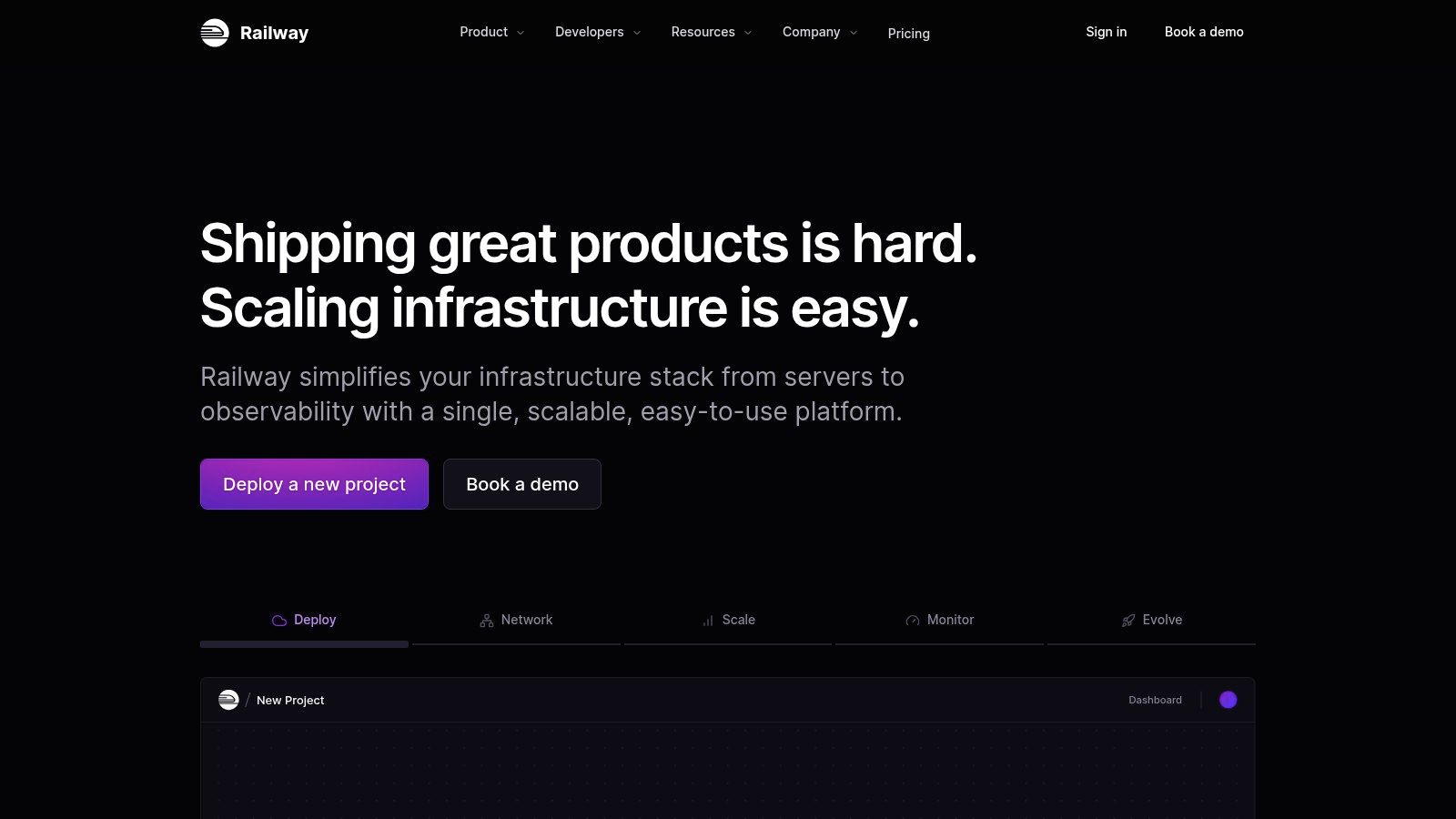
Why It Stands Out
What makes Railway a compelling choice for Django web hosting is its "infrastructure from code" approach combined with a developer friendly pricing model. It seamlessly handles multi service applications, allowing you to deploy your Django app, a Postgres database, a Redis cache, and a Celery worker as separate but interconnected services within the same project. This architecture mirrors a production grade setup without requiring complex orchestration.
I often point growing teams towards Railway when they've outgrown simpler PaaS solutions. Its ability to manage an entire stack, from the database to background tasks, while only charging for actual resource usage, provides a scalable path from MVP to a full fledged product without a steep learning curve.
Key Features and Considerations
- Usage Based Pricing: Pay per second for CPU and RAM. A generous monthly credit is included, after which you only pay for what your services consume.
- Automatic Builds: Supports both Nixpacks and Dockerfiles, giving you flexibility in how your Django environment is built and configured.
- Integrated Services: Easily provision databases (Postgres, Redis, etc.), persistent volumes, and cron jobs directly from the dashboard.
- Autoscaling: Offers vertical autoscaling to handle increased load, with replica scaling available for more demanding workloads on higher tier plans.
Pricing starts with a free trial that provides a credit. After that, you move to a plan with a low base monthly fee plus usage charges for CPU, RAM, and network egress. While this offers incredible granularity, it can be less predictable than fixed price hosting, making it crucial to monitor your application's resource consumption. It is best suited for teams that value scalability and a seamless developer experience over a fixed monthly bill.
Find out more at: https://railway.app
7. Platform.sh
Platform.sh is a sophisticated Platform as a Service (PaaS) designed for teams that demand consistency and automation across their development lifecycle. Where other platforms focus on simplicity, Platform.sh embraces an opinionated, Git driven workflow where your entire application infrastructure, from the Django runtime to data services like PostgreSQL and Redis, is defined as code in YAML files. This approach ensures every environment is a perfect, reproducible clone of production.
This makes it an excellent choice for complex, compliance sensitive projects where environment parity is non negotiable. You are not just deploying code; you are deploying an entire, version controlled application stack with every git push. This power and predictability is what sets it apart for professional development teams.
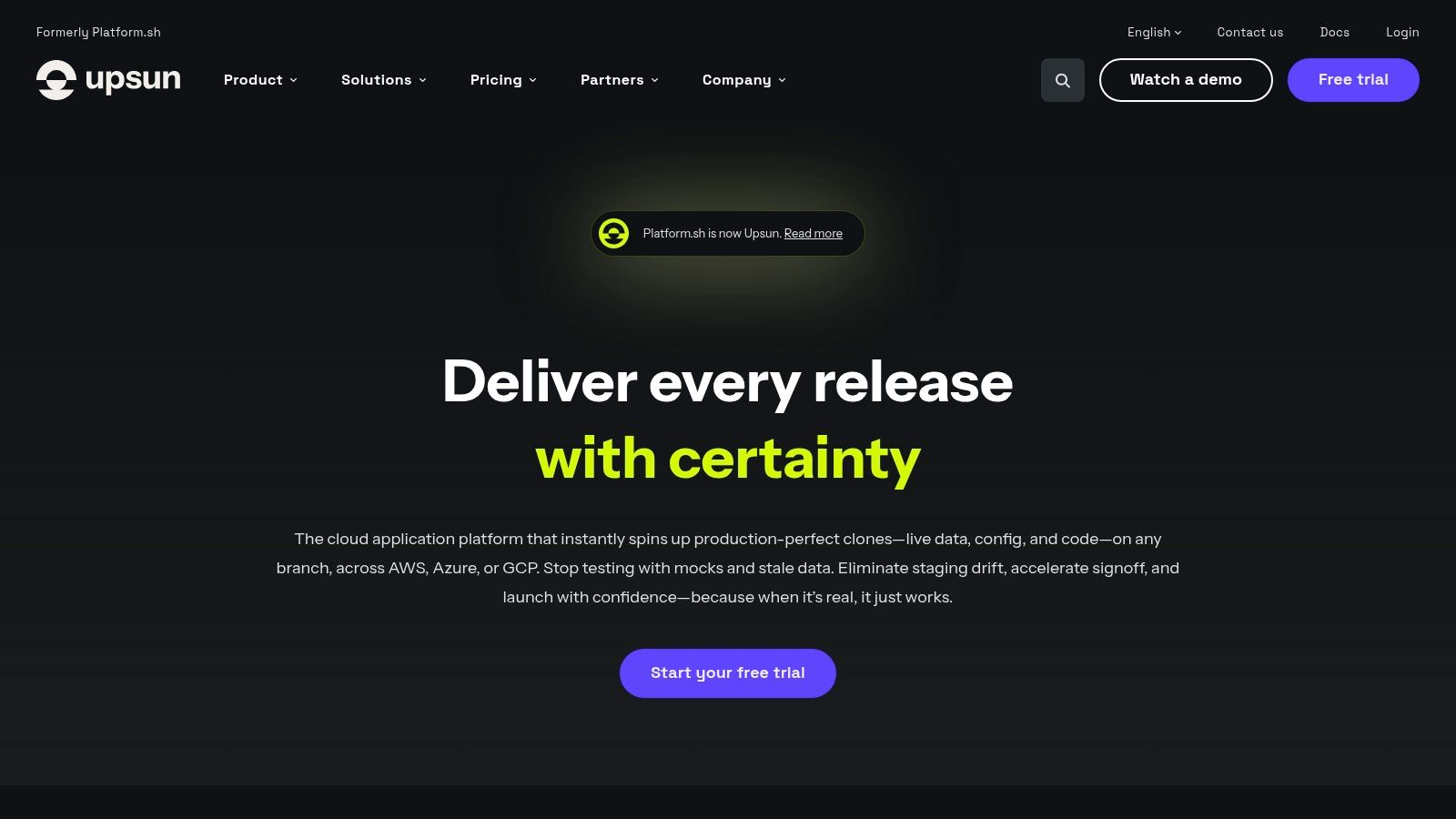
Why It Stands Out
Platform.sh excels at providing a robust Django web hosting solution built around infrastructure as code and development workflow isolation. For every Git branch you create, it can spin up a complete, isolated preview environment containing a clone of your production data. This allows developers and stakeholders to test new features, run migrations, and validate changes in a live like setting before merging to the main branch, dramatically reducing the risk of production errors.
For teams struggling with the classic "it worked on my machine" problem, Platform.sh is a game changer. The ability to automatically build and deploy a fully functional copy of the app for every single pull request completely transforms the code review process. You are no longer just reviewing code; you are reviewing a live, working feature.
Key Features and Considerations
- Configuration as Code: Your entire stack is defined in YAML files (
.platform.app.yaml,services.yaml), making your infrastructure version controlled, transparent, and repeatable. - Built in Services: Easily define and link services like PostgreSQL, Redis, Solr, or Elasticsearch directly in your configuration without manual provisioning.
- Preview Environments: Automatic, ephemeral environments are created for each Git branch, providing perfect isolation for development, testing, and QA.
- Enterprise Ready: Offers broad multi cloud region support and compliance features like SOC 2 and ISO on its upper tier plans, making it suitable for regulated industries.
Pricing is resource based and often listed in EUR, so it is important to confirm US billing details. The plans are positioned higher than basic PaaS options, reflecting their enterprise focus. The opinionated, Git centric workflow is incredibly powerful but may require a learning curve and adjustments for teams accustomed to more traditional hosting environments.
Find out more at: https://platform.sh
Top 7 Django Hosting Comparison
| Service | Implementation complexity | Resource requirements | Expected outcomes | Ideal use cases | Key advantages |
|---|---|---|---|---|---|
| PythonAnywhere | Very low — zero DevOps, managed WSGI | Low; managed tiers, limited free outbound | Fast prototypes and small production Django apps | Learning, teaching, prototypes, small managed apps | Browser IDE, one click Django, free tier |
| Heroku | Low — buildpacks or container deploys | Moderate; dyno tiers and add ons, costs grow at scale | Rapid deploys and predictable starter production | Prototypes, SMB production, team workflows | Large add on ecosystem, simple developer UX |
| Render | Low–moderate — Git to deploy or Docker | Competitive per second billing, free non prod with limits | Smooth developer experience, transparent billing | Dev/test, small production, modern PaaS use | Edge caching, transparent billing, HIPAA option |
| DigitalOcean App Platform | Low–moderate — Git or container deploys | Per container pricing, integrates with managed DBs | Predictable, easily scaled deployments | Small to mid apps needing managed DBs | Transparent pricing, autoscaling, good docs |
| AWS Elastic Beanstalk | Moderate — abstracts infra but AWS knowledge needed | Variable; pay for underlying AWS resources (EC2, RDS, ALB) | Production grade scalability with deep AWS integration | Teams moving to AWS or needing AWS services | Autoscaling, monitoring, native AWS ecosystem |
| Railway | Low — buildpacks or Docker, simple UX | Usage metered per second billing, credits, variable costs | Cost efficient for variable workloads and multi service stacks | Small teams, experiments, pay as you go projects | Granular pricing, easy multi service orchestration |
| Platform.sh | Moderate — opinionated Git/YAML workflow | Higher; enterprise pricing, built in services and compliance | Reproducible, isolated, compliance ready environments | Teams requiring reproducible CI like environments, enterprise | Config as code, preview environments, compliance support |
Your Next Move: Choosing Your Django Launchpad
We have explored a diverse landscape of Django web hosting solutions, each with its unique philosophy and ideal use case. From the beginner friendly, batteries included environment of PythonAnywhere to the enterprise ready, multi environment power of Platform.sh, our journey has revealed one critical truth: there is no single "best" option. The right choice is deeply personal to your project's current stage, your team's expertise, and your future ambitions.
Think of it as choosing a vehicle. A beginner learning to drive does not need a Formula 1 car; a simple, reliable sedan is perfect. Similarly, if you are just prototyping an idea, the instant setup of Heroku or Railway lets you focus purely on your code, not on infrastructure. As your project matures and demands more control, the power of DigitalOcean App Platform or AWS Elastic Beanstalk becomes not just a nice to have, but a necessity for scaling.
Key Takeaways for Your Decision
To avoid analysis paralysis, let us distill our journey into a few key takeaways. Ask yourself these three questions before committing to a Django web hosting provider:
- What is my immediate goal? Is it to learn Django, validate a minimum viable product, or scale a production grade application? Your answer will immediately narrow the field. For learning, PythonAnywhere is superb. For an MVP, Render or Railway offer a sweet spot of simplicity and power. For scaling, AWS or Platform.sh are your heavyweights.
- How much operational overhead can I handle? Be honest about your (or your team's) DevOps skills. A Platform as a Service (PaaS) like Heroku abstracts away server management, freeing you up to code. While this convenience comes at a cost, it can be a worthwhile trade off, especially for a small team or an early stage AI startup where development velocity is everything.
- What does my five year roadmap look like? While you can always migrate, it is wise to choose a platform that can grow with you. A provider like DigitalOcean offers a clear path from a simple managed app to more complex infrastructure with managed databases and Kubernetes, all within one ecosystem. This foresight can save you significant migration headaches down the line.
Ultimately, the goal is to ship, learn, and iterate. The perfect django web hosting platform is the one that gets you from idea to live application with the least amount of friction right now. Do not let the pursuit of the perfect future architecture prevent you from building your present. Start simple, gather feedback, and let your application's real world needs guide your next infrastructure decision. Your launchpad's mission is to get you into orbit; you can worry about interstellar travel later.
Feeling stuck between a PaaS and a more complex cloud setup? Or perhaps you need a strategic partner to audit your current Django architecture for scalability and security. As a consultant specializing in backend systems and AI product development, I help founders and CTOs make these critical decisions. Reach out to Kuldeep Pisda at Kuldeep Pisda, and let's build a robust, production ready home for your application together.
Become a subscriber receive the latest updates in your inbox.


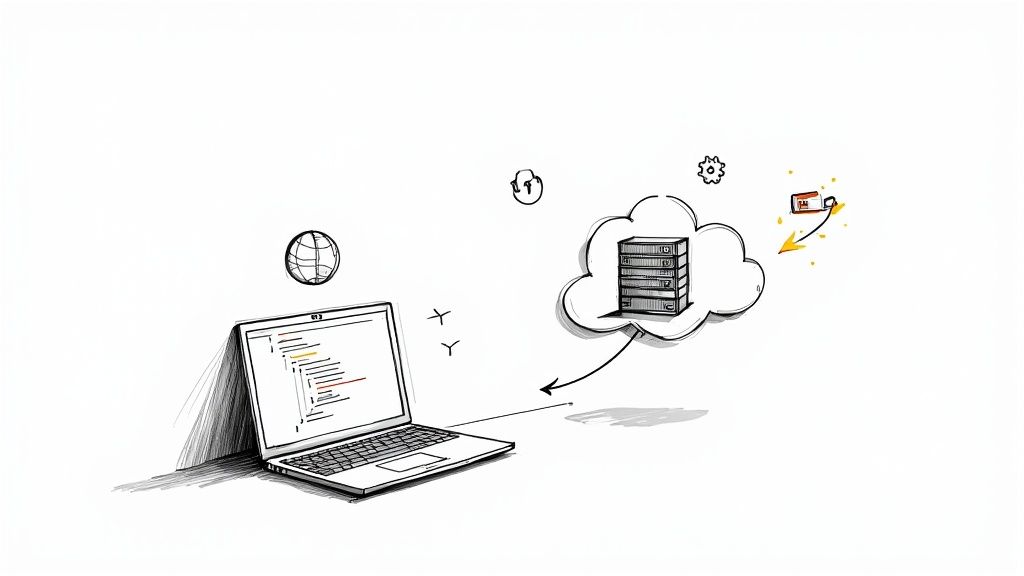
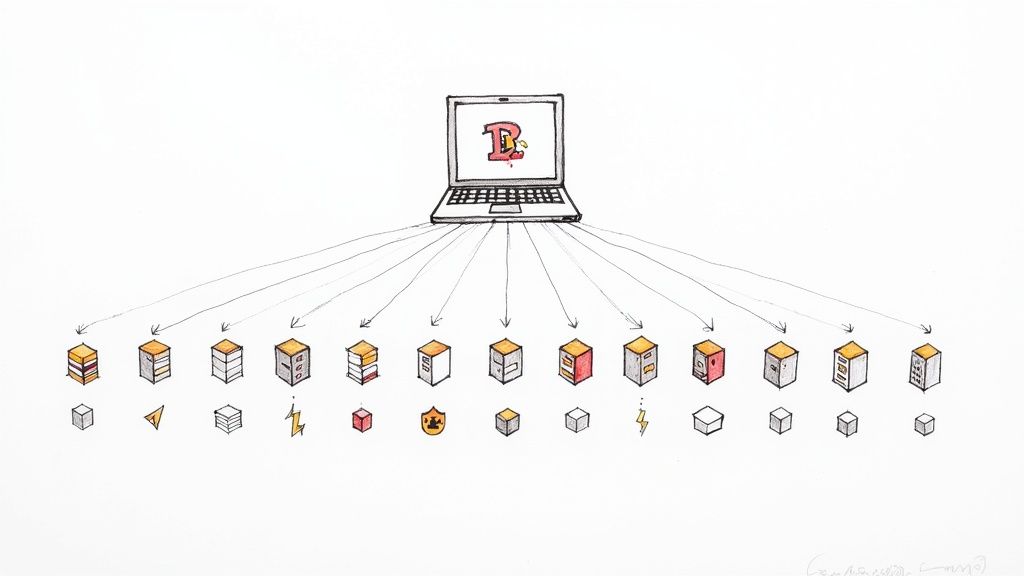

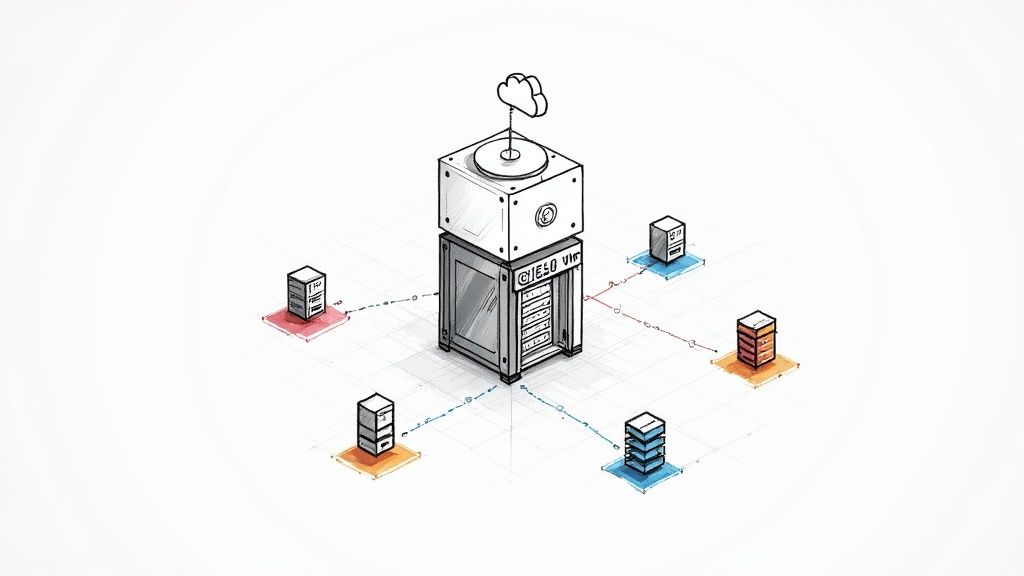
Member discussion